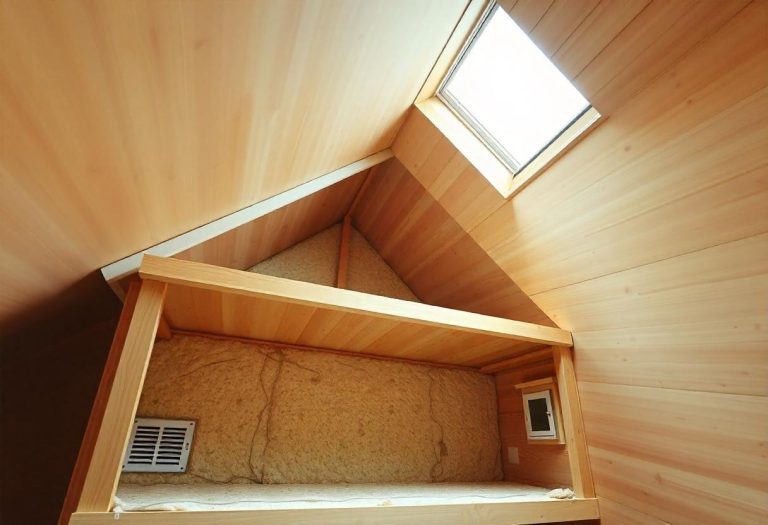Clogged Toilets: What Causes Them, How to Fix Them, and When to Call a Plumber
A clogged toilet is one of the most frustrating (and unpleasant) plumbing issues homeowners face. Whether it’s a minor backup or a full-blown overflow, a clogged toilet can throw your whole day off and lead to costly water damage if not handled properly.
In this guide, we’ll explain what causes toilet clogs, how to fix them, how to prevent future clogs, and when to call a professional plumber.
�� What Causes a Clogged Toilet?
Understanding the root cause of a clog can help you fix it faster—and prevent it in the future.
Common Reasons Toilets Get Clogged:
- Too Much Toilet Paper
Excess toilet paper can clump up and block the drain, especially in low-flow toilets. - Flushing Non-Flushable Items
Wipes (even those labeled “flushable”), feminine hygiene products, paper towels, cotton balls, diapers, and other items don’t break down and can quickly clog your pipes. - Low-Flow Toilet Problems
Older or inefficient low-flow toilets often lack the pressure needed to clear the drain effectively. - Hard Water Buildup
Mineral deposits in your pipes can narrow the passage, making clogs more likely. - Blocked Toilet Trap
The curved section of the toilet trap can easily get clogged by too much waste or foreign objects. - Clogged Drain Line or Sewer Backup
Sometimes the problem isn’t the toilet at all—it’s the main sewer line, which may be clogged with grease, roots, or years of buildup.
�� How to Fix a Clogged Toilet: Step-by-Step
1. Stop the Overflow
If the water is rising:
- Remove the tank lid and push the flapper valve down to stop more water from entering the bowl.
- Turn off the water supply valve (usually located behind the toilet near the floor).
2. Use a Plunger
- Choose a flange plunger (not the cup type).
- Ensure a good seal and plunge firmly, 10–15 times in a row.
- Repeat if necessary—most clogs clear this way.
3. Try a Toilet Auger (Plumber’s Snake)
- For tougher clogs, insert a toilet auger into the bowl and twist until you hit resistance.
- Crank to break up or retrieve the obstruction, then flush.
4. Use Hot Water & Dish Soap
- Pour a generous amount of dish soap into the bowl.
- Follow with a bucket of hot (not boiling) water from waist height.
- Let it sit for 15–20 minutes and try flushing again.
5. Enzyme Drain Cleaners
- For organic waste, an enzyme-based cleaner (available at most hardware stores) can help dissolve the clog naturally.
⚠️ Avoid chemical drain cleaners—they can damage porcelain, corrode pipes, and create toxic fumes.
�� When to Call a Plumber
If any of these apply, it’s time to bring in the pros:
- Water is backing up into multiple drains in your home
- Recurring clogs even after plunging
- Strange gurgling sounds from other fixtures when flushing
- Toilet is completely blocked and auger doesn’t work
- Water is leaking from the base of the toilet
- Signs of a sewer line backup (slow drains, odors, basement flooding)
�� Preventing Future Toilet Clogs
An ounce of prevention is worth a pound of plunging! Here’s how to avoid clogged toilets:
| Tip | Why It Helps |
| Only flush toilet paper | Other items don’t break down and cause buildup |
| Use less TP per flush | Too much paper overwhelms pipes |
| Install a modern high-efficiency toilet | More power, less clog risk |
| Educate kids on what not to flush | A common source of toys and odd clogs |
| Regular plumbing inspections | Spot issues like root intrusions early |
�� What About Commercial Toilets?
Clogs in restaurants, offices, and retail restrooms can:
- Create unsanitary conditions
- Disrupt business
- Lead to expensive repairs
Regular drain cleaning and professional plumbing service are critical in high-traffic settings.
�� Emergency Toilet Overflow?
If your toilet is overflowing, leaking, or backing up into tubs and sinks, shut off the water supply and call an emergency plumber immediately. Water damage and sewage exposure pose serious health risks and can cause extensive property damage.
�� Final Thoughts
Toilet clogs are common, but they don’t have to be a catastrophe. With the right tools and techniques, many blockages can be resolved quickly. But if your plunger isn’t cutting it, don’t wait—call a licensed plumber before the problem gets worse.







